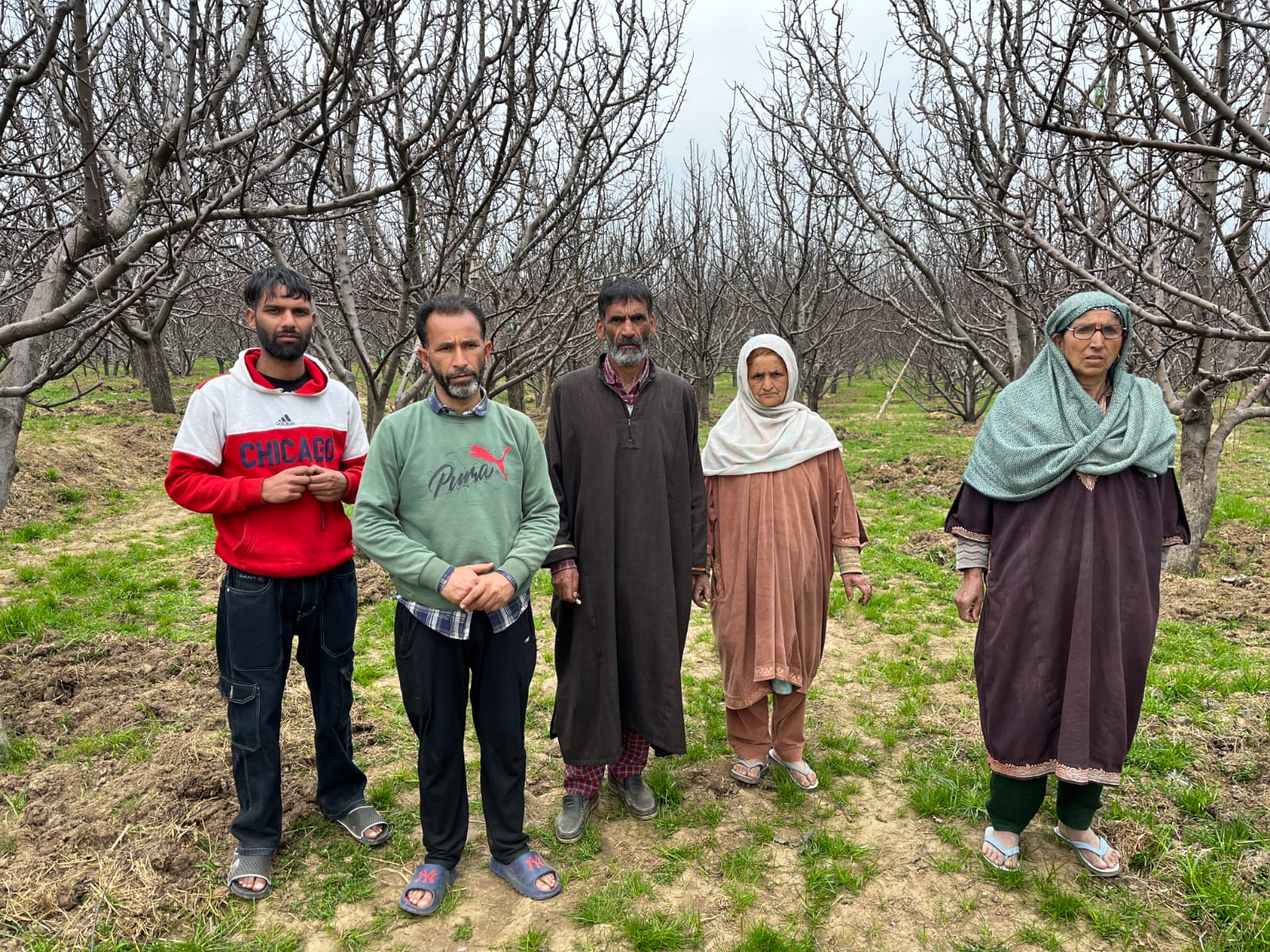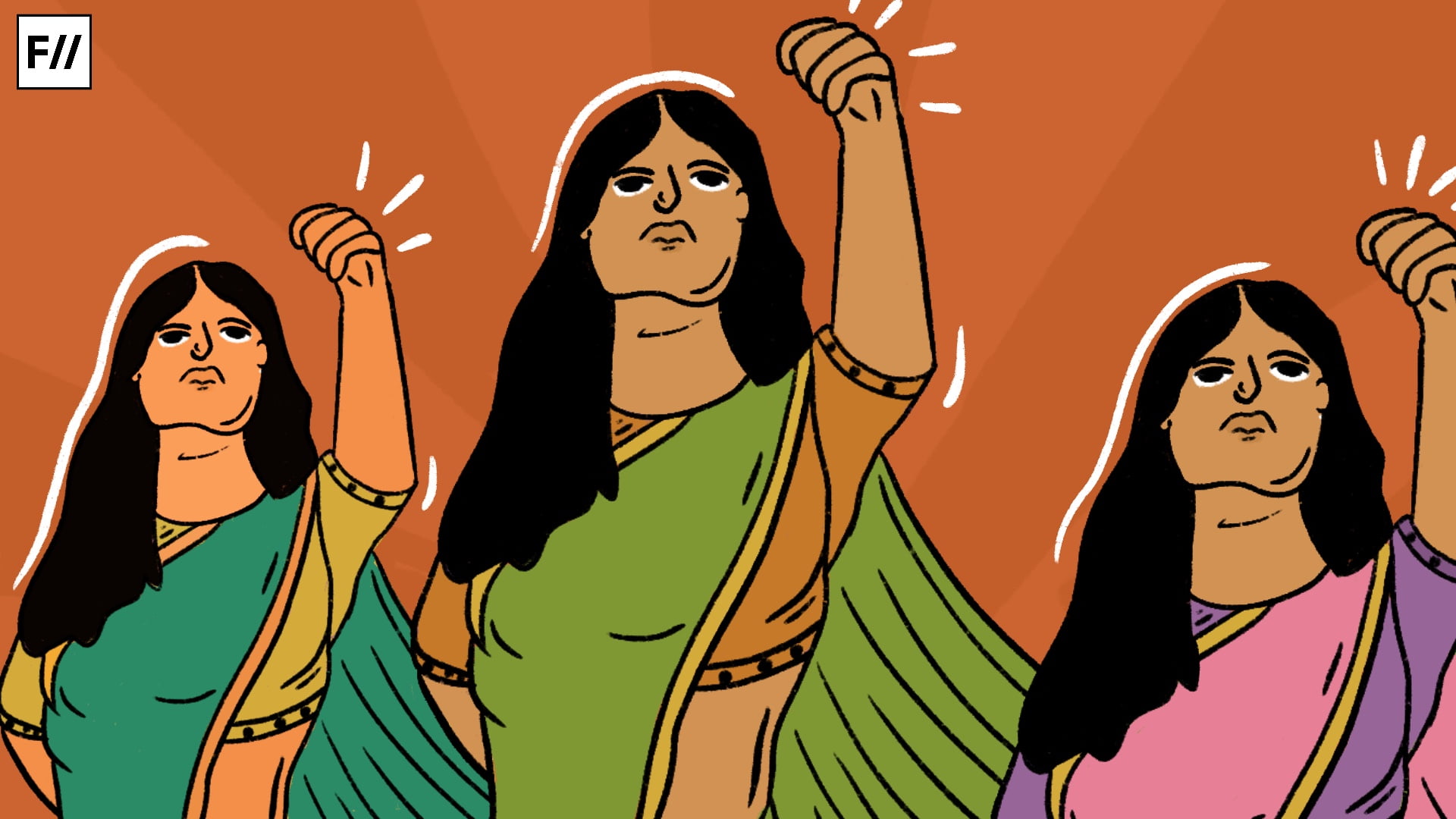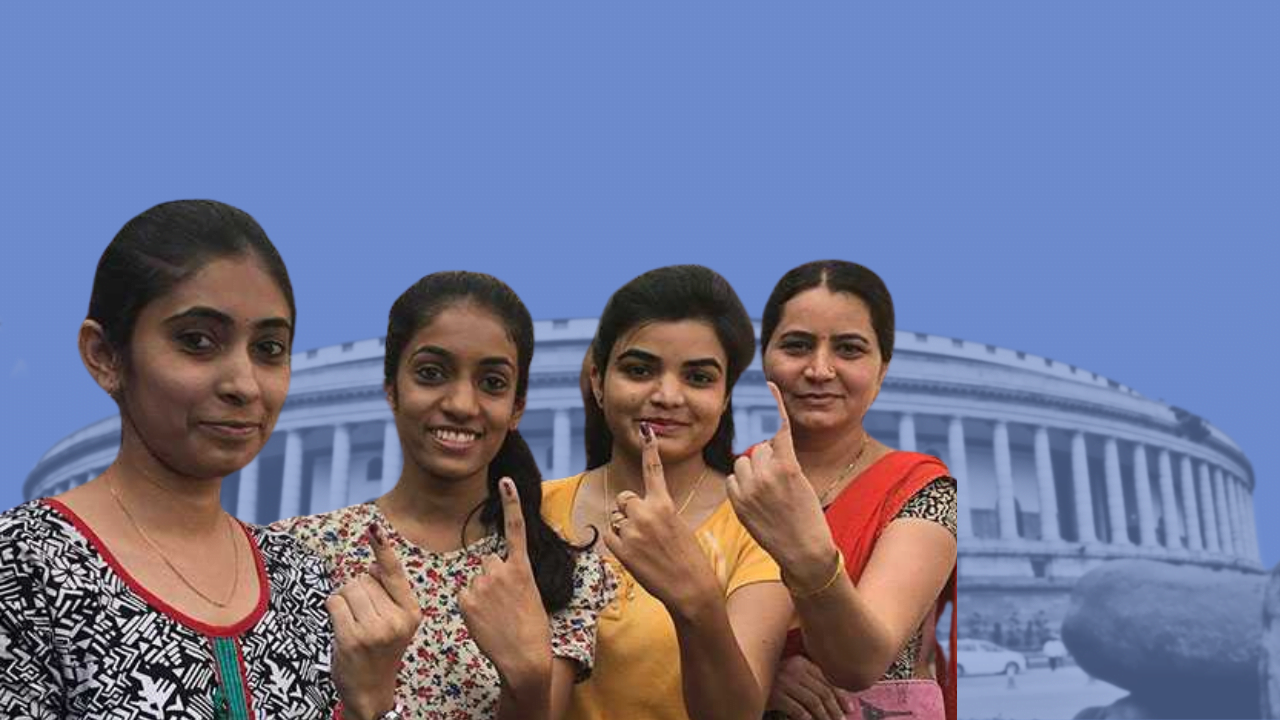The kissing scene at a Lord Maheshwar temple in Madhya Pradesh that has been shown in the Netflix series “A Suitable Boy” is making rounds all over social media. The Bharatiya Janata Yuva Morcha national secretary Gaurav Tiwari has filed a complaint against Netflix officials and demanded an apology on the grounds that such scenes in the pious Hindu temples are objectionable. Moreover, as part of extending the rightist propaganda, he has argued that the kiss between a Muslim man and a Hindu woman is a means of promoting “love jihad”.
The Bharatiya Janata Yuva Morcha national secretary Gaurav Tiwari has filed a complaint against Netflix officials and demanded an apology on the grounds that such scenes in the pious Hindu temples are objectionable.
Also read: Feminist Decoding Of Kamasutra: A History Of Socio-Sexual Subjugation
Not surprising enough, the Home Minister Narottam Mishra has opined that on examination of the complaint, prima facie evidence of hurting the sentiments of one particular religion has been found. As an impact, an FIR under Section 295 (A) has been lodged against these officials. While saffronising every bit of the Indian “culture” is not new, I feel that it is extremely essential to look back at eroticism and portrayal of explicit sexual acts in the Hindu temples of medieval India. What better way of approaching this issue than looking into the temples of Khajuraho.
Located in the state of Madhya Pradesh, stands the magnificent temples of Khajuraho-a UNSECO world heritage site. Built during the middle of the tenth century between 923 and 1023 A.D. by the Chandelas in Bundelkhand, these temples are ‘infamous’ for their deification of eroticism. These are heavily decorated with detailed sculptures of sexualised female figures with no clothing or bare minimum clothing and couples erotically engaged in different forms of sexual activities.
The couples that can be found in these groups of temples of two categories:“mithuna” and “maithuna” that is, love couples and couples involved in sexual activities respectively. These sculptures show the sexual union of the masculine and feminine divine. Thus, most of them depict the union between ‘Shiva’ and ‘Shakti’. As argued by renowned art historian Devangana Desai, it has been mentioned in the Hindu scriptures like the Chandogya Upanishad that a place without any love-images is nothing but a dark abyss. Moreover, Donaldson opines that the sites of the temples were chosen in relation to “one where loving couples have lived, loved and bred and reared a family”.
This leads us to the question: Why are such sculptures not found in all temples of the country? While some scholars argue in favour of their apotropaic significance, the most plausible cause for the existence of these sculptures is the rise of the Tantric sect in medieval India. The metaphysical aspects of the Hindu sect of Tantrism place much importance on the powers possessed by the cosmic male and female deities which is reflected in various sexual acts of devotion.
Further, one might wonder, why are these sculptures found in the holy shrines at all? This can be explained by analysing the discourse of “sexology of civilisation”. According to this discourse, all aspects of social life including laws, institutions, ethics, norms are perceived keeping in mind the principles of the “primordial dyad”, that is, the cosmic male and female. Rooted in the oriental perceptions of erotic symbolism, individuals in ancient and medieval India looked for the essence of sex in divinity. Therefore, in line with this belief, the erotic aspects are looked for in the sexuality of the divine. According to this mode of thought, before the sexes existed in the physical world, they used to reside in the cosmic or spiritual sphere. It opposes the notion of anthropomorphism where certain mundane human qualities are assigned to the heavenly beings.
As is quite evident from the discussion about erotic symbolism, it cannot be denied that these sexualised sculptures bear spiritual significance as well. However, the emphasis on the essence of sex in everyday lives and performance of such sexual acts by the divine themselves within the purview of Hinduism speaks volumes against the stigmatisation of such acts. Though the tenets of Hinduism are rooted in the salvation obtained from the coming together of the masculine and feminine forces through explicit sexual acts, a mere kissing scene shot at the temple evoking such tabooed notions is certainly a matter of concern standing in the twenty-first century.
Also read: ‘Love Jihad’: Tracing The Portrayal Of Women As ‘Wombs’ In Hindu Nationalist Politics
The conservative vanguards of the religion have failed to grasp the essence of many facets of Hinduism, particularly when it comes to the sexual essentialism. This is nothing but another glaring example of molding religious beliefs to satisfy the rightist goals of fueling communal sentiments.
The heteronormative beliefs and misogynistic notions perpetuated by Hindutva forces in India has been internalised by its staunch believers. But, the conservative vanguards of the religion have failed to grasp the essence of many facets of Hinduism, particularly when it comes to the sexual essentialism. This is nothing but another glaring example of molding religious beliefs to satisfy the rightist goals of fueling communal sentiments. In a country where discourses around sexuality and sexualisation are stigmatised to a great extent and religion plays a significant role in the political scenario, it becomes all the more relevant to re-visit the tenets of religion rather than falling for such propaganda.
Mrittika Bhattacharya is working as an Associate of the Gender Equality Program at Center for Regional Research and Sustainability Studies. She has completed her first M.A in Political Studies from Jawaharlal Nehru University, India and second M.A in Women’s Studies from University of York, UK. Previously, she pursued B.A in Political Science from Presidency University, India. Recognizing her academic abilities, she was nominated as an exchange student to Sciences Po, Paris and was awarded the Gold Medal for securing the first rank. Her research interests include environmental justice, postcolonial and intersectional feminism and South Asian politics. Apart from academics, she enjoys volunteering in NGOs focussed on environmental issues and women’s rights. She can be found on Instagram.





Such an apt depiction of the thoughts we have on the extremist sentiments of the hindutva culture.
This article presents a fantastic discussion concerning the topic of Hinduism and sexuality explored through the lens of the recent and critically acclaimed Netflix show, ‘A suitable boy’. The article explores how contemporary attitudes towards sexuality differ drastically from medieval consideration of the subject. The article is written in an eloquent and thought provoking manner and deserves high commendation.